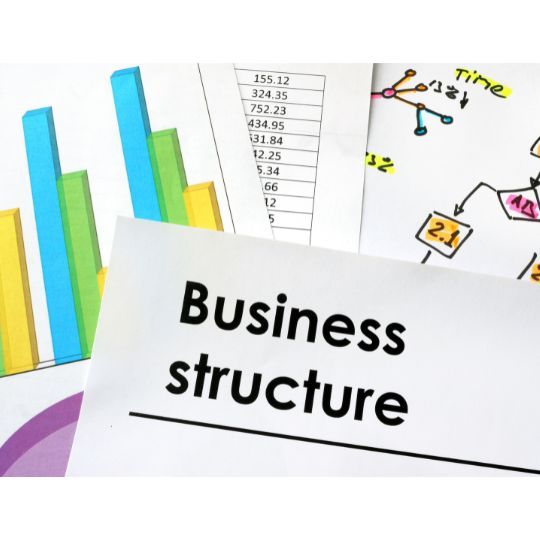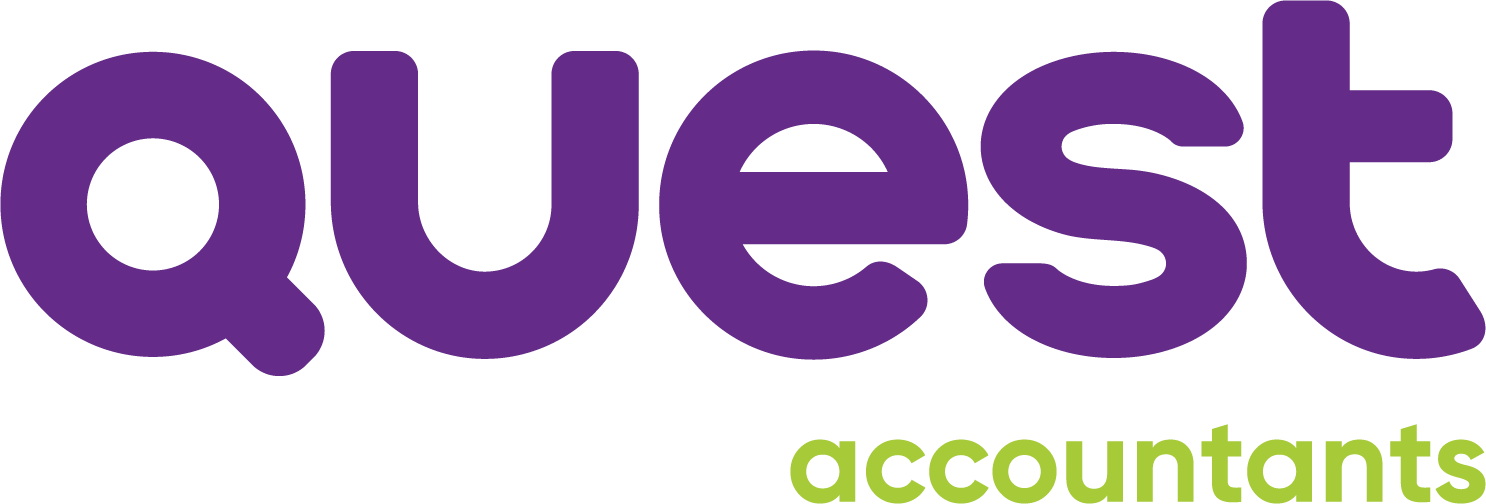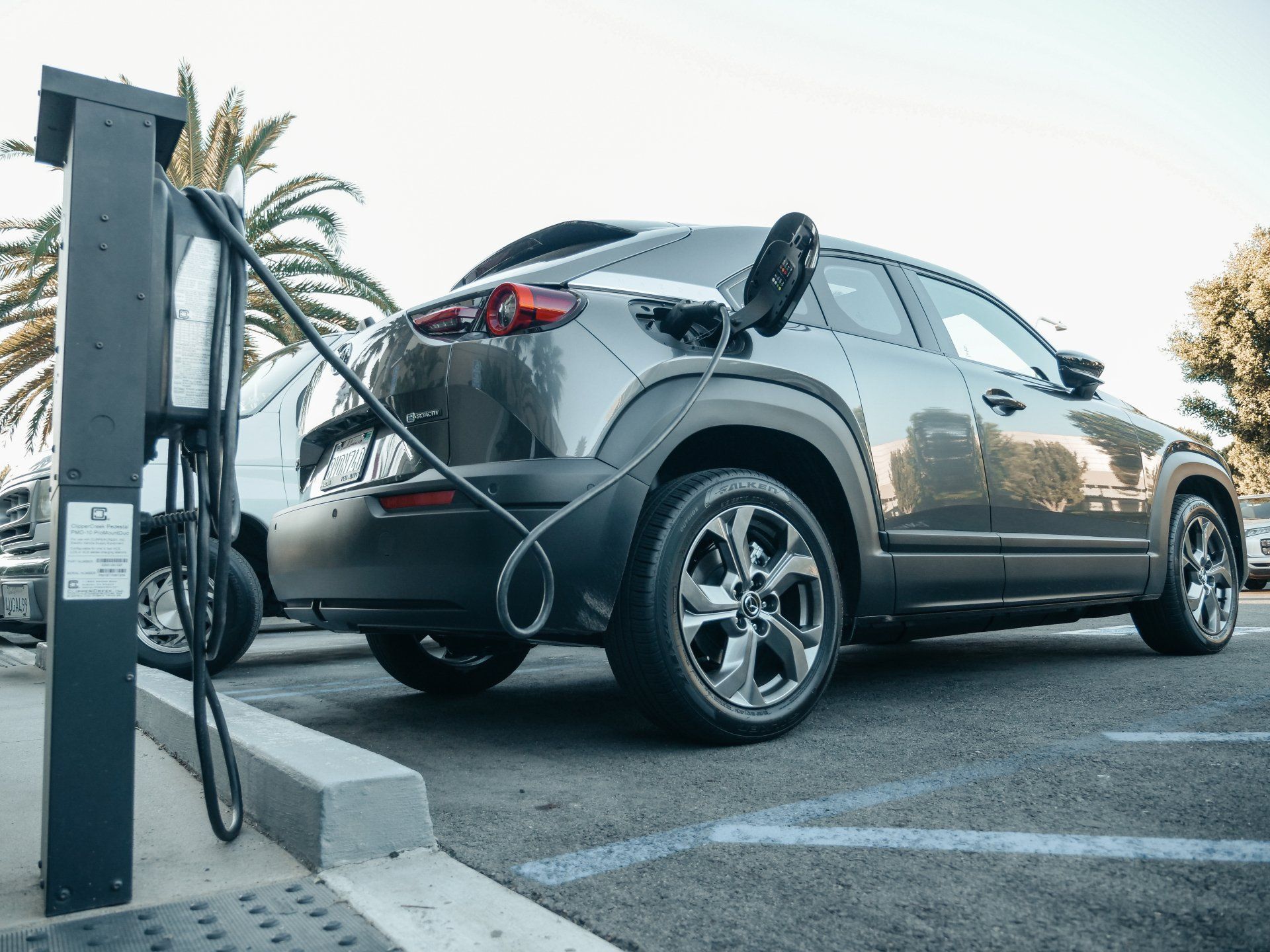News
In the news

By Diane Tipping
•
16 Feb, 2023
No matter whether you are starting a new business or if you are already running a business, making sure you have the right business structure in place is on of the most important things you can do. If you are starting a new business one of the very first decisions that you need to make is to choose the right business structure. Your personal circumstances and the size of your business can be factors that determine the most suitable business structure for you. There are 4 commonly used business structures in Australia and each of them attracts different legal and taxation consequences: Sole Trader One person operates and manages the business with an ABN in their personal name and legally responsible for all aspects of the business. This is the simplest and relatively inexpensive business structure that you can choose when starting a business. Partnership An association of people or entities running a business together, but not registered as a company. You may choose a partnership over a sole trader structure if you'll be jointly running the business with another person or a number of people (up to 20). Company A company is a distinct legal entity with higher set-up and administration costs and regulated by ASIC. A company is run by its directors and owned by its shareholders. A company provides some asset protection but directors can be legally liable for their actions and, in some cases, the debts of a company. Trust A formal deed is required in setting up a trust. A trust deed outlines how the trust will operate. A trustee is legally responsible for the operation of the trust. The trustee can be an individual or a company. Profits from the trust go to the beneficiaries. You should get advice from an accountant about the appropriate structure to use, based on your circumstances. Yes, advice will cost you money. However, the wrong structure could cost you a lot more in the long run. Many business owners are concerned about costs and tax, but there tends to be less focus on "what happens if things go wrong". No business owner plans to fail, but the unfortunate reality is that more than 60% of small businesses close within their first 3 years. When it comes to winding up a failed business the type of business structure can make a huge difference. Your business structure can determine your: tax liabilities responsibilities as a business owner potential personal liability asset protection ongoing costs If you are already running a business don't assume that your choice of business structure is set and forget. A business structure can always be changed. The ease of changing a structure and the cost involved depends on a range of factors. As the business gets bigger and becomes more profitable, the more complicated and costly it becomes to change the structure. That being said, the tax saving benefits and/or asset protection enhancements that come with a new structure may outweigh the costs. Not sure if your current business structure is the right one for you? We are always happy to review your current structure and help you decide if it's time to make a change. Send us an email - hello@questca.com.au , or book in a 30 minute chat .
(02) 9966 1411
Suite 7.01, 6A Glen St,
Milsons Point NSW 2061
Office 1, Work Collective
3/322-326 West Street
Umina Beach NSW 2257
PO Box 165, St Leonards NSW 1590






